Introductie tot de ESP32-serie
Espressif Systems heeft een aanzienlijke impact gehad op het Internet of Things (IoT)-landschap met hun ESP32-serie microcontrollers. Onder deze vallen de ESP32-S3 en ESP32-C3 die opvallen als veelzijdige, goedkope oplossingen voor een breed scala aan toepassingen. Hoewel ze beide de naam ESP32 dragen, richten ze zich op verschillende behoeften met unieke kenmerken. Dit artikel onderzoekt de verschillen tussen deze twee chips om u te helpen beslissen welke het beste bij uw project past.
Kernarchitectuur
ESP32-S3
-
Processor: Dual-core Xtensa LX7 microprocessor, die een balans biedt tussen prestaties en energie-efficiëntie.
-
Clock Speed: Draait tot 240 MHz.
-
Instruction Set: 32-bit architectuur.
ESP32-C3
-
Processor: Single-core RISC-V RV32IMC, bekend om zijn eenvoud en efficiëntie.
-
Clock Speed: Werkt tot 160 MHz.
-
Instruction Set: Ook 32-bit maar met een andere architectuur.
Geheugen en opslag
ESP32-S3
-
SRAM: 512 KB interne SRAM, met een optie voor externe PSRAM-uitbreiding.
-
Flash: Ondersteunt externe SPI-flash tot 16 MB.
ESP32-C3
-
SRAM: 400 KB interne SRAM, minder dan de S3 maar voldoende voor veel toepassingen.
-
Flash: Ondersteunt ook externe SPI-flash tot 16 MB.
Connectiviteit Opties
Draadloos
-
ESP32-S3: Dual-band Wi-Fi (2,4 GHz en 5 GHz), Bluetooth 5 (LE) met ondersteuning voor mesh-netwerken.
-
ESP32-C3: 2,4 GHz Wi-Fi, Bluetooth 5 (LE), maar zonder 5 GHz-ondersteuning of mesh-netwerken.
Randapparatuur
-
ESP32-S3: Biedt een rijke set randapparatuur waaronder UART, SPI, I2C, I2S, PWM, LEDC, RMT, ADC, DAC en meer, met een groter aantal GPIO-pinnen (45 GPIO's).
-
ESP32-C3: Hoewel nog steeds veelzijdig, heeft het minder randapparatuur en GPIO-pinnen (22 GPIO's).
Beveiligingsfuncties
ESP32-S3
-
Secure Boot: Zorgt ervoor dat alleen ondertekende firmware kan opstarten.
-
Flash-encryptie: Versleutelt gegevens opgeslagen in flashgeheugen.
-
Cryptografie: Ondersteunt hardwareversnelling voor cryptografische bewerkingen zoals AES, SHA, RSA, enz.
ESP32-C3
-
Secure Boot: Ondersteunt ook secure boot-mechanismen.
-
Flash-encryptie: Biedt flash-encryptie, hoewel met andere cryptografische mogelijkheden.
-
Cryptografie: Bevat hardwareversnelling, maar met minder geavanceerde cryptografische algoritmen vergeleken met de S3.
Energiebeheer
ESP32-S3
-
Stroommodi: Meerdere slaapmodi waaronder lichte slaap, diepe slaap en winterslaap voor energiebesparing.
-
Accuduur: Ontworpen voor een lange accuduur in IoT-toepassingen.
ESP32-C3
-
Stroommodi: Vergelijkbare slaapmodi maar met verschillende energieverbruikkenmerken door hun architectuur.
-
Accuduur: Richt zich ook op energie-efficiëntie maar kan verschillende energieprofielen hebben.
Ontwikkeling en Ecosysteem
ESP32-S3
-
Ontwikkeltools: Compatibel met Arduino IDE, Espressif IDF en andere populaire IDE's.
-
Bibliotheken en Frameworks: Uitgebreide ondersteuning voor bibliotheken en frameworks vanwege de populariteit en langere aanwezigheid op de markt.
ESP32-C3
-
Ontwikkeltools: Vergelijkbare ondersteuning als S3, maar als nieuwere chip is het ecosysteem mogelijk nog in ontwikkeling.
-
Bibliotheken en frameworks: Groeiende ecosysteem, met veel van dezelfde bibliotheken als de S3, maar mogelijk aanpassing nodig.
Toepassingsgebieden
ESP32-S3
-
Complexe IoT-projecten: Geschikt voor projecten die hoge prestaties, dual-band Wi-Fi en een uitgebreide set randapparatuur vereisen.
-
Geavanceerde audio: Met zijn hogere verwerkingskracht beter geschikt voor audioprocessing en spraakbesturingstoepassingen.
-
Machine Learning: Kan complexere ML-taken aan dankzij de dual-core architectuur.
ESP32-C3
-
Kostengevoelige toepassingen: Ideaal voor projecten met een beperkt budget waarbij prestaties niet de belangrijkste factor zijn.
-
Basis IoT: Perfect voor eenvoudige IoT-apparaten zoals sensoren, schakelaars of basis huisautomatisering.
-
Laag stroomverbruik: Uitstekend voor batterijgevoede apparaten waar laag stroomverbruik cruciaal is.
Kosten
-
ESP32-S3: Over het algemeen duurder vanwege de geavanceerde functies en hogere prestaties.
-
ESP32-C3: Betaalbaarder, gericht op kostenbewuste toepassingen zonder concessies te doen aan basis IoT-functionaliteit.
| Kenmerk | ESP32-S3 | ESP32-C3 |
| Processor | Dual-core Xtensa LX7 op 240 MHz | Single-core RISC-V RV32IMC op 160 MHz |
| Geheugen | 512 KB SRAM (uitbreidbaar met PSRAM) | 400 KB SRAM |
| Flashgeheugen | Ondersteunt tot 16 MB externe SPI-flash | Ondersteunt tot 16 MB externe SPI-flash |
| Wi-Fi | Dual-band (2,4 GHz & 5 GHz) | Alleen 2,4 GHz |
| Bluetooth | Bluetooth 5 (LE), ondersteuning voor mesh-netwerken | Bluetooth 5 (LE), geen mesh-netwerken |
| GPIO-pinnen | 45 GPIO's | 22 GPIO's |
| Randapparatuur | UART, SPI, I2C, I2S, PWM, LEDC, RMT, ADC, DAC, meer | Vergelijkbaar maar met minder opties en pinnen |
| Beveiligingsfuncties | Veilige opstart, flash-encryptie, geavanceerde cryptografie | Veilige opstart, flash-encryptie, basiscryptografie |
| Energiebeheer | Lichte slaap, diepe slaap, winterslaap, energiezuinig | Vergelijkbaar maar met verschillende kenmerken qua stroomverbruik |
| Ontwikkeltools | Arduino IDE, Espressif IDF en anderen | Arduino IDE, Espressif IDF, anderen |
| Ecosysteem | Uitgebreide bibliotheken en frameworks | Groeiend ecosysteem, met enige aanpassing nodig voor S3-specifieke bibliotheken |
| Toepassingsgebieden | Complexe IoT, audioprocessing, ML, hoge prestaties | Basis IoT, laag stroomverbruik, kosteneffectieve oplossingen |
| Kosten | Duurder | Betaalbaarder |
Conclusie
De keuze tussen ESP32-S3 en ESP32-C3 hangt af van de specifieke eisen van je project:
-
Als je hogere prestaties, dual-band Wi-Fi en een breed scala aan randapparatuur nodig hebt voor complexere toepassingen, is de ESP32-S3 de betere keuze.
-
Als je op zoek bent naar een kosteneffectieve oplossing voor basis IoT-projecten met voldoende prestaties en connectiviteit, biedt de ESP32-C3 een aantrekkelijk alternatief.
Beide chips bieden robuuste oplossingen voor IoT-ontwikkeling, ondersteund door een levendige gemeenschap en uitgebreide documentatie. Het begrijpen van hun verschillen stelt je in staat om het juiste gereedschap voor je IoT-gereedschapskist te kiezen.

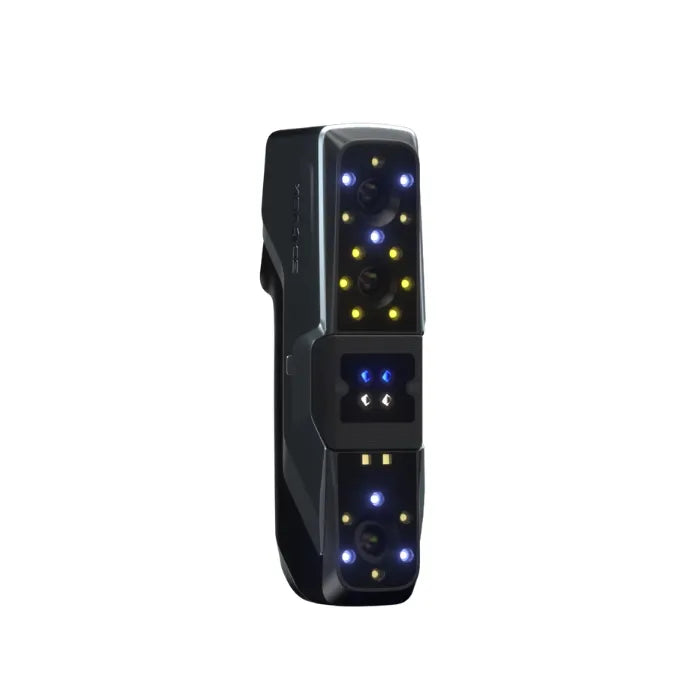
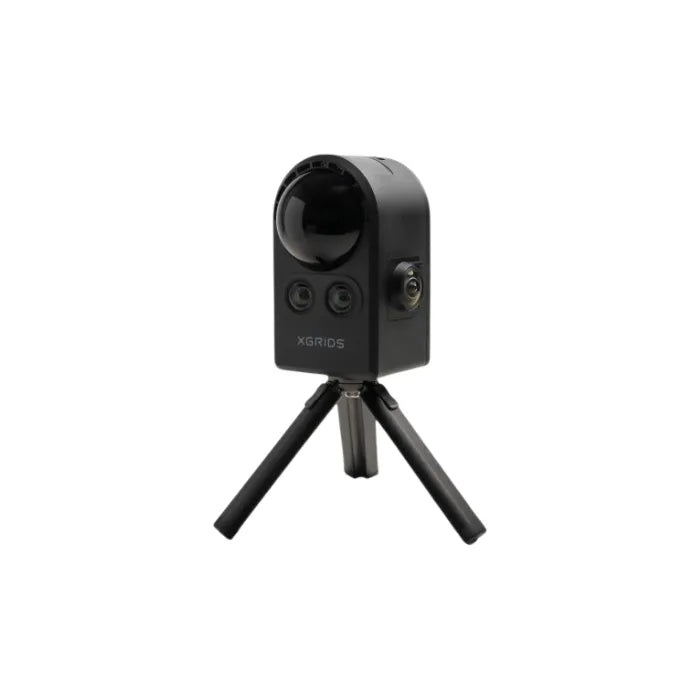
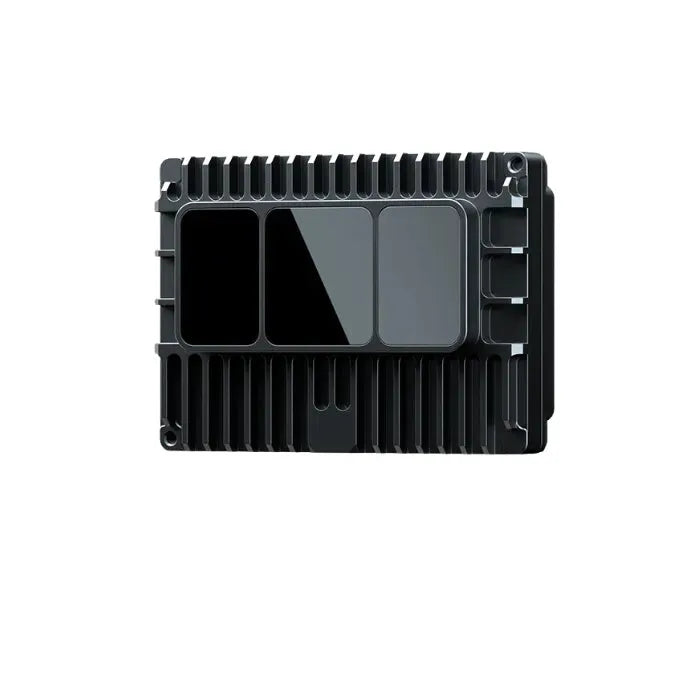
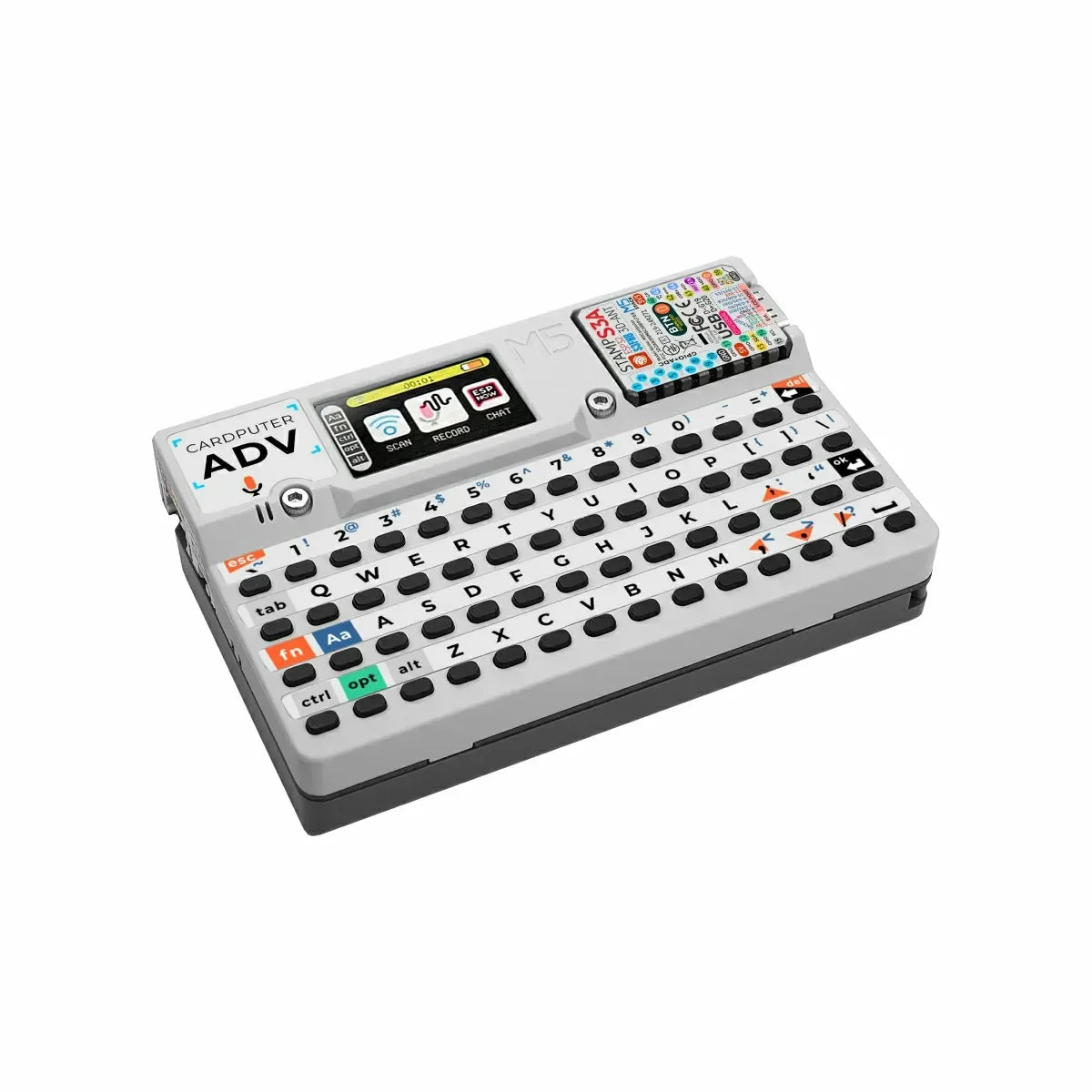
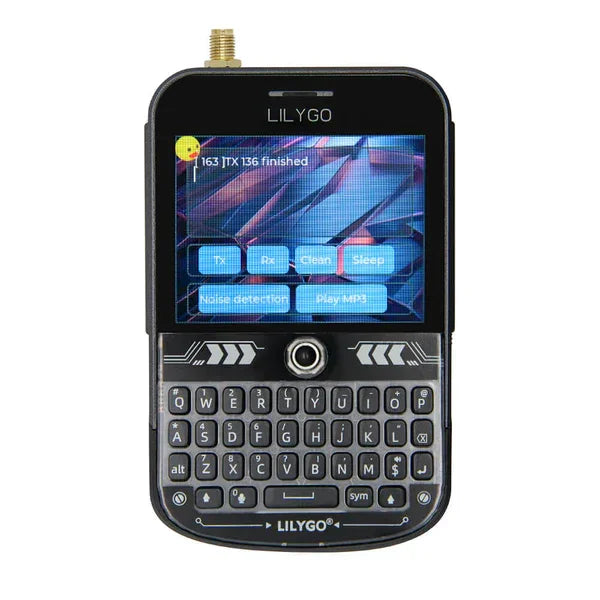


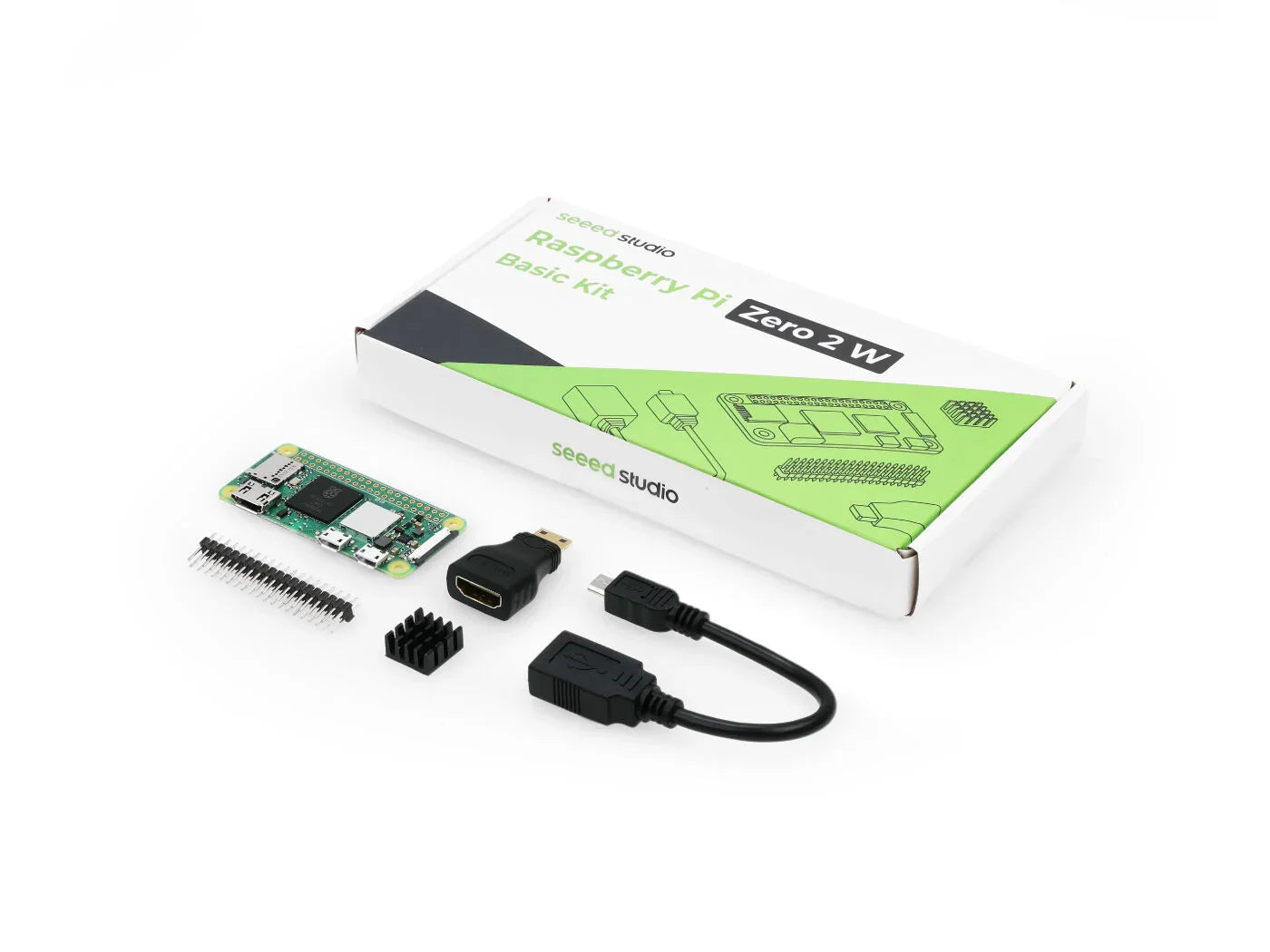








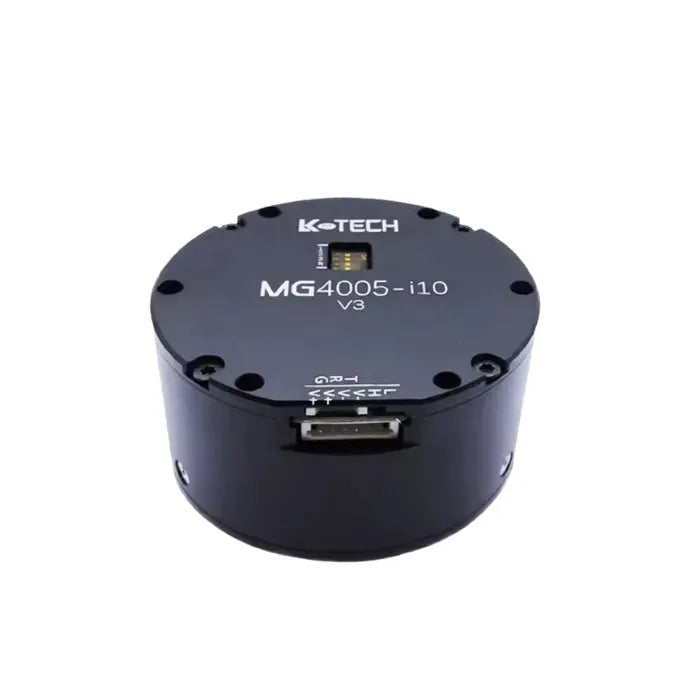












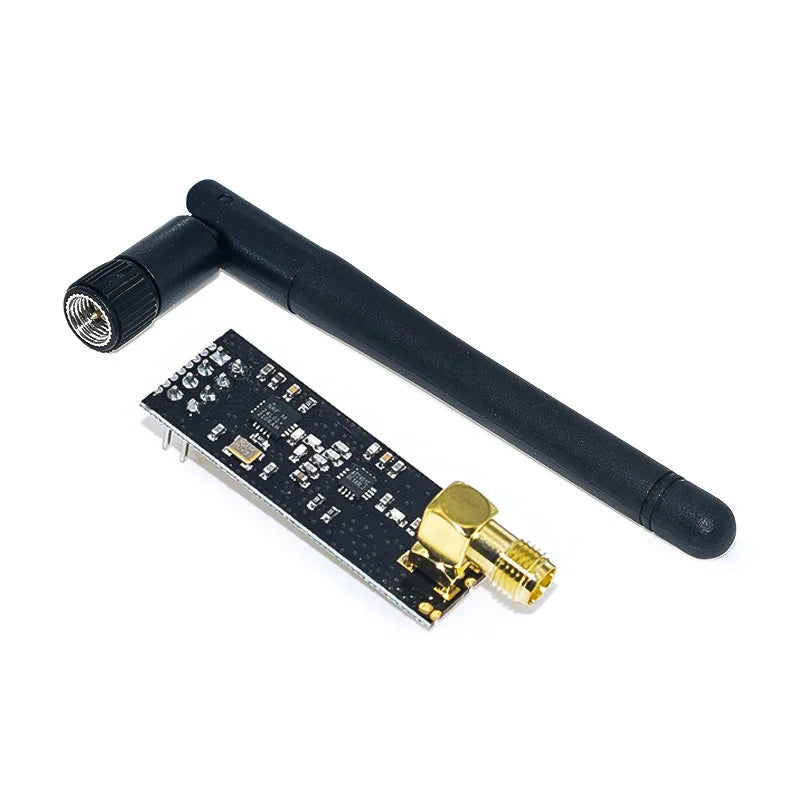
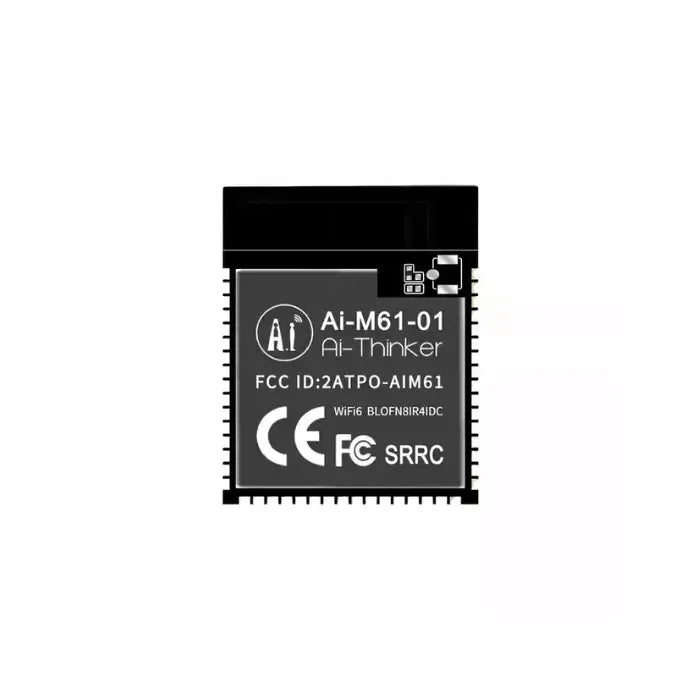



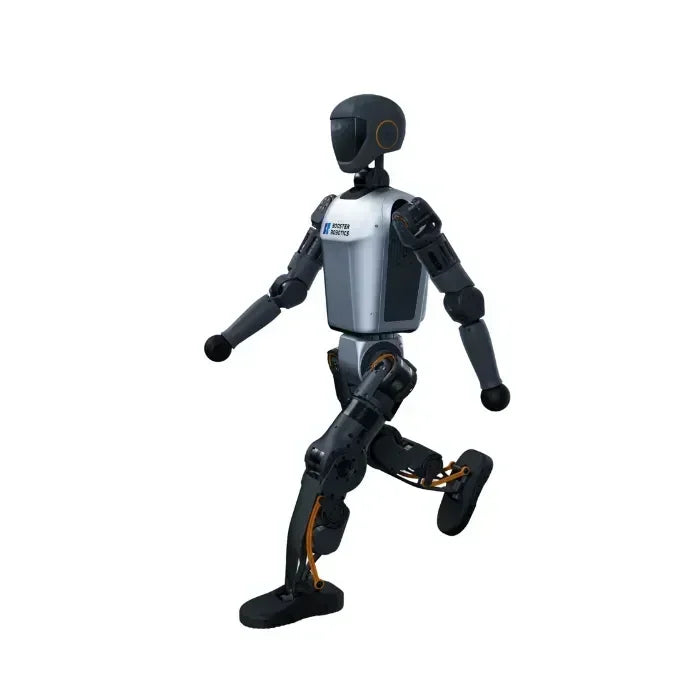
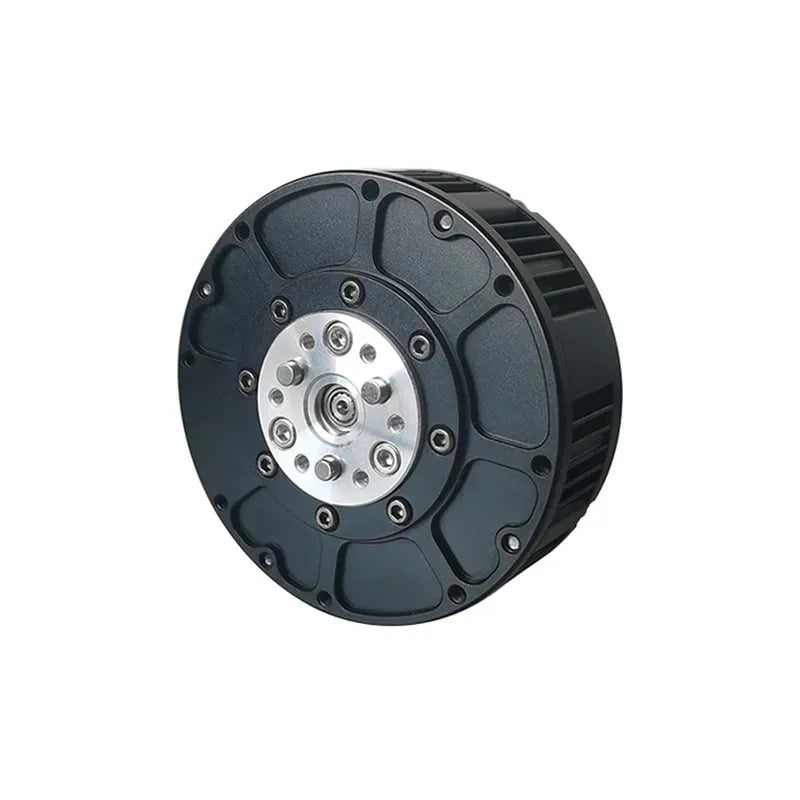
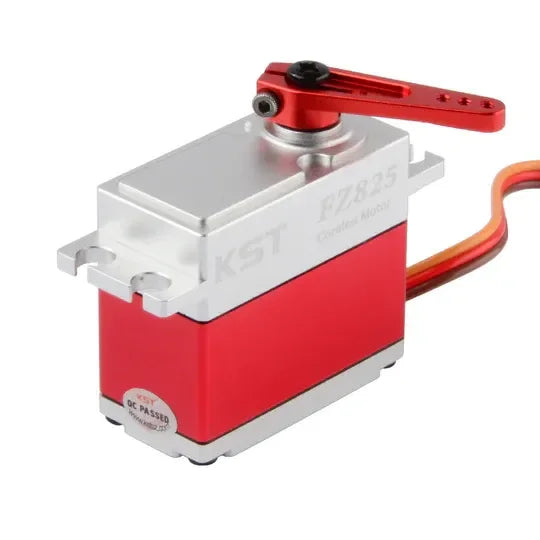
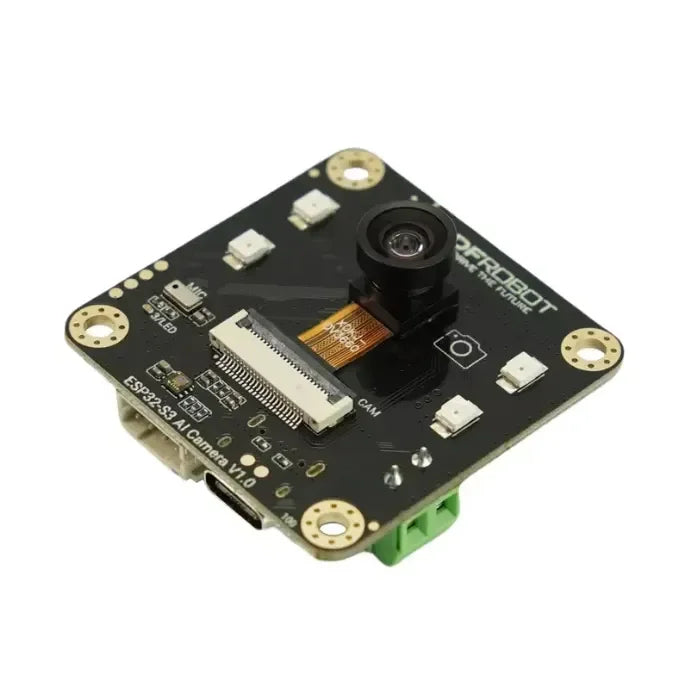
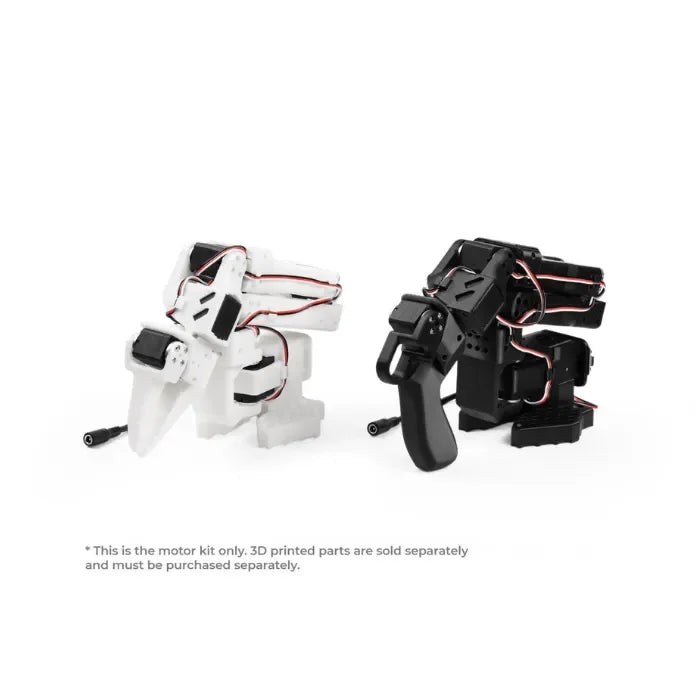


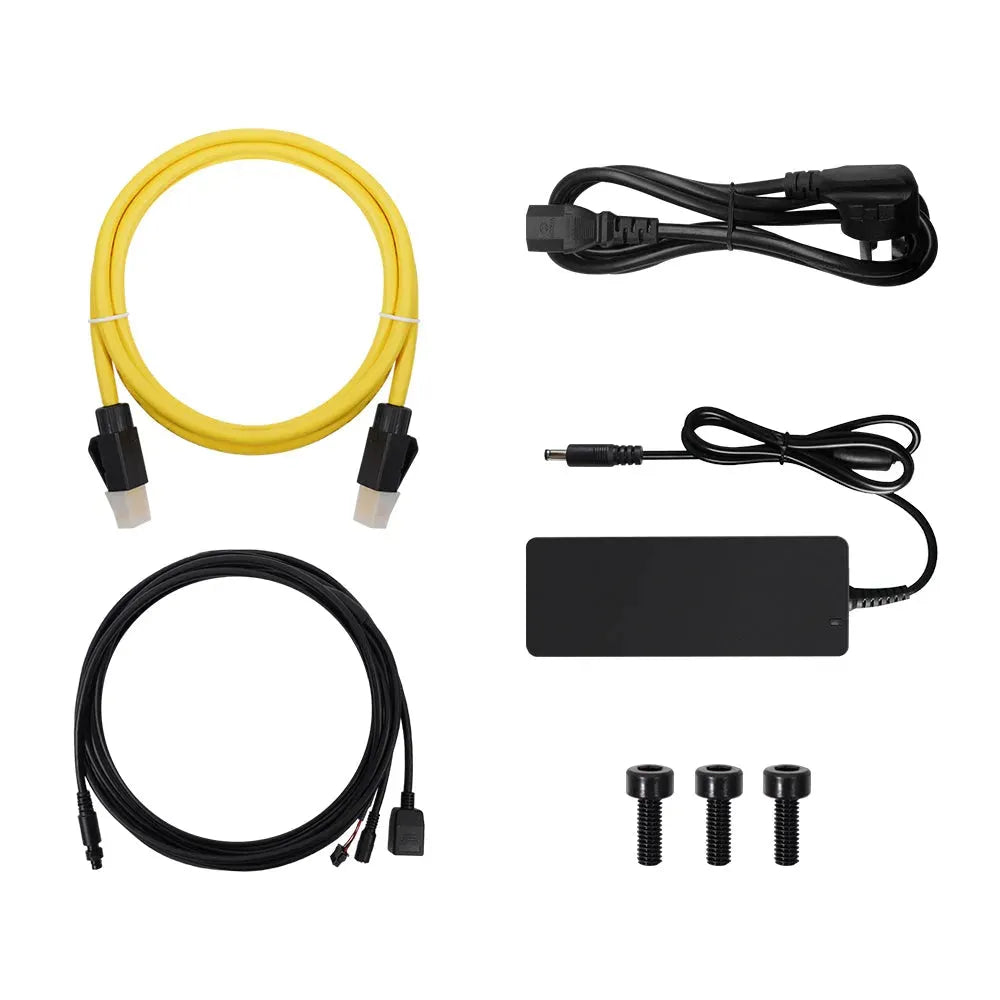


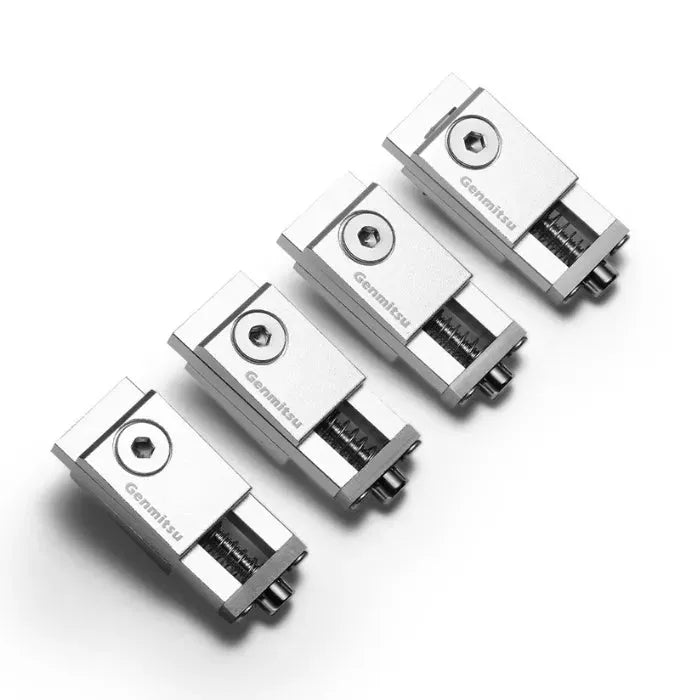
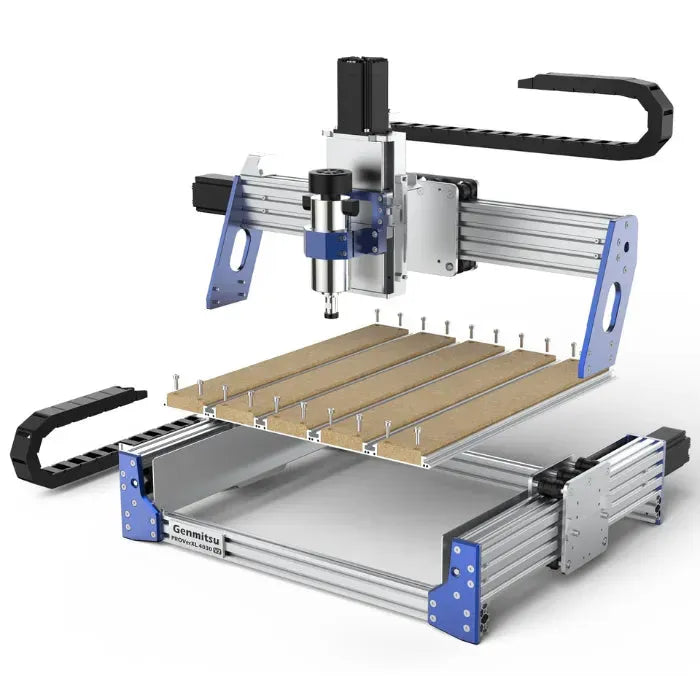

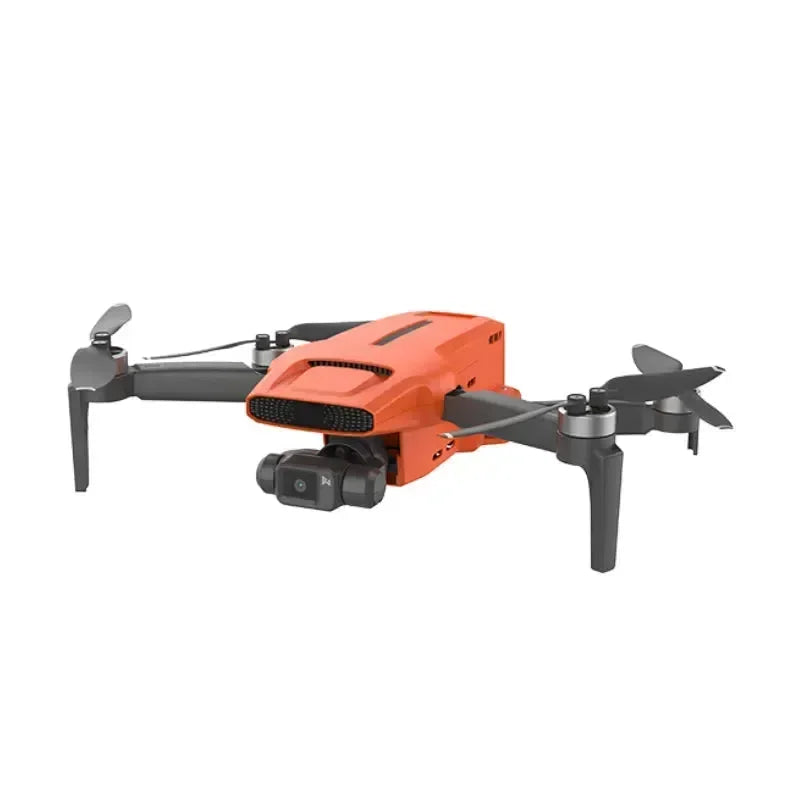







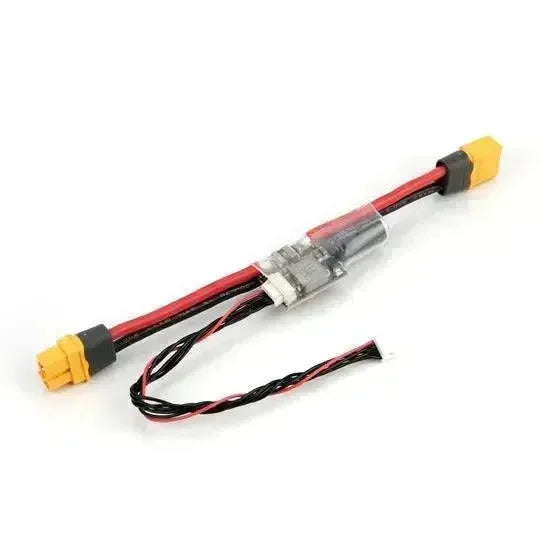



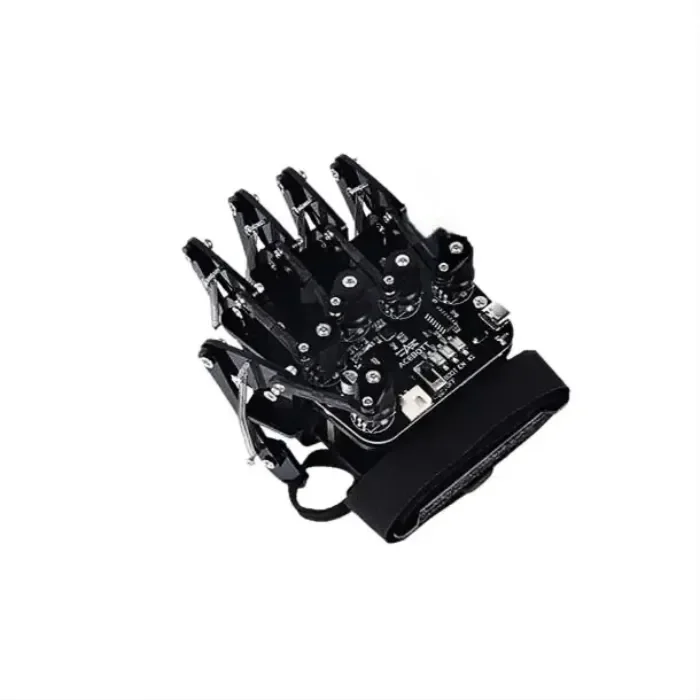


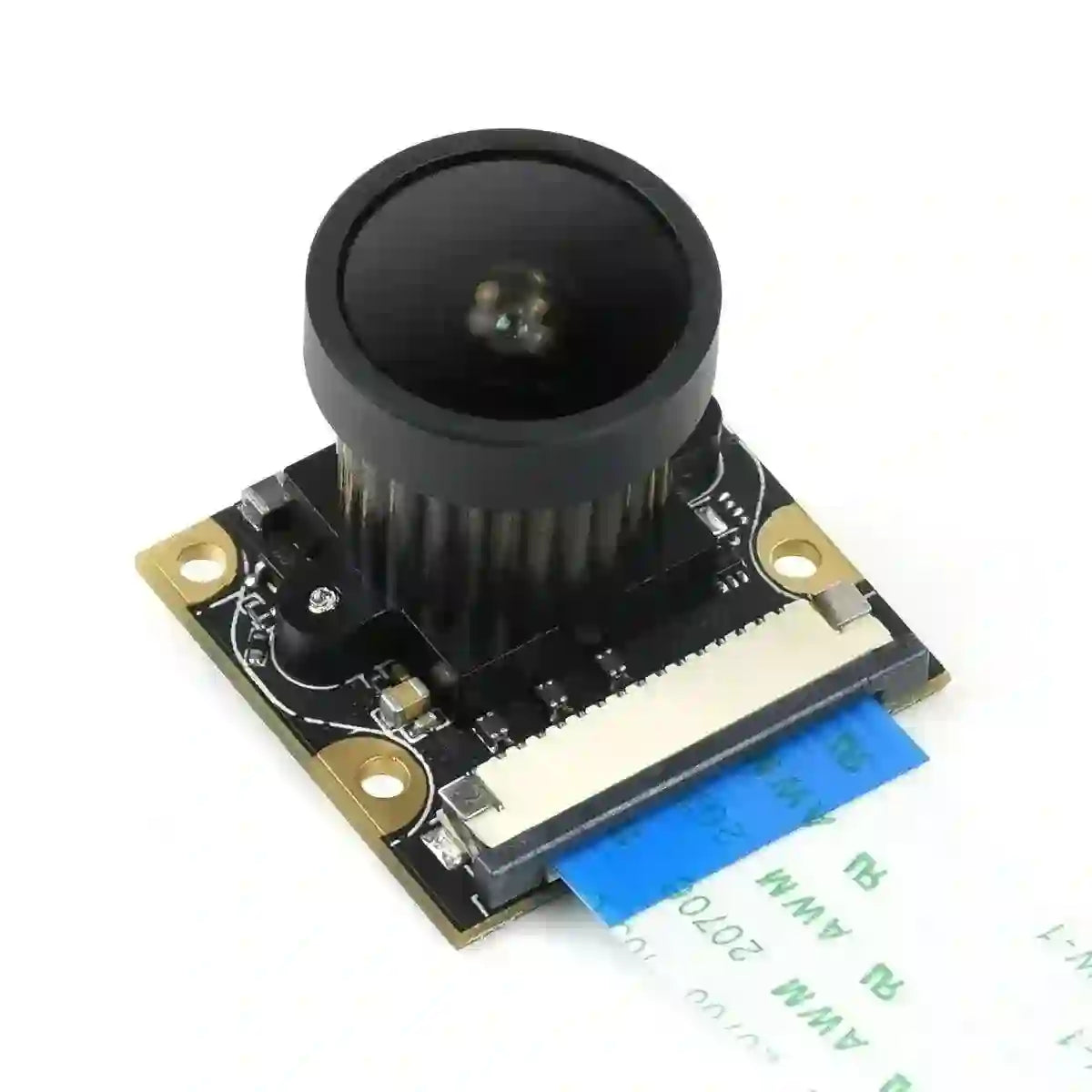






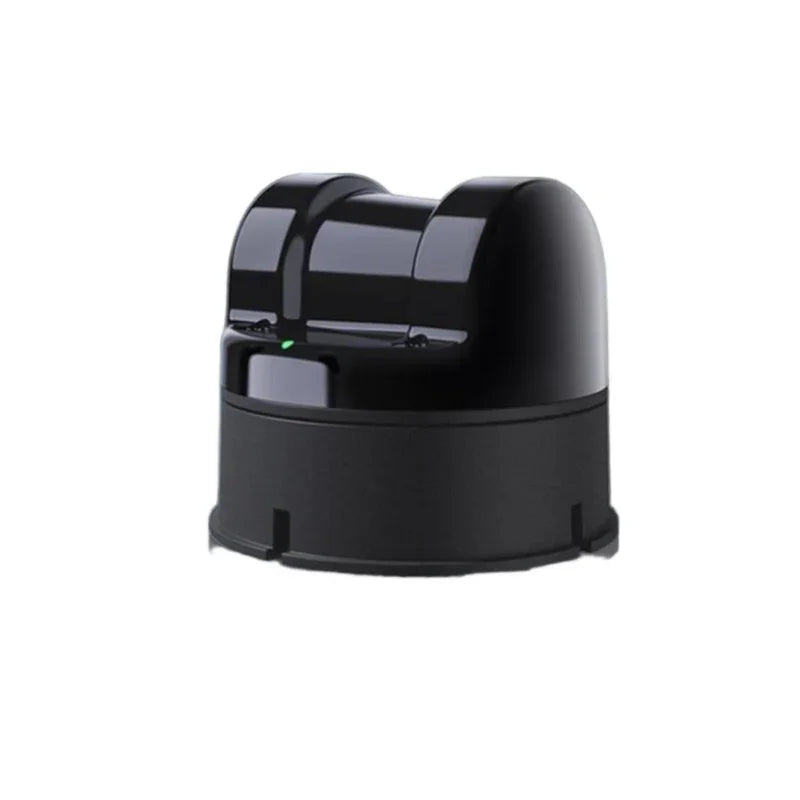
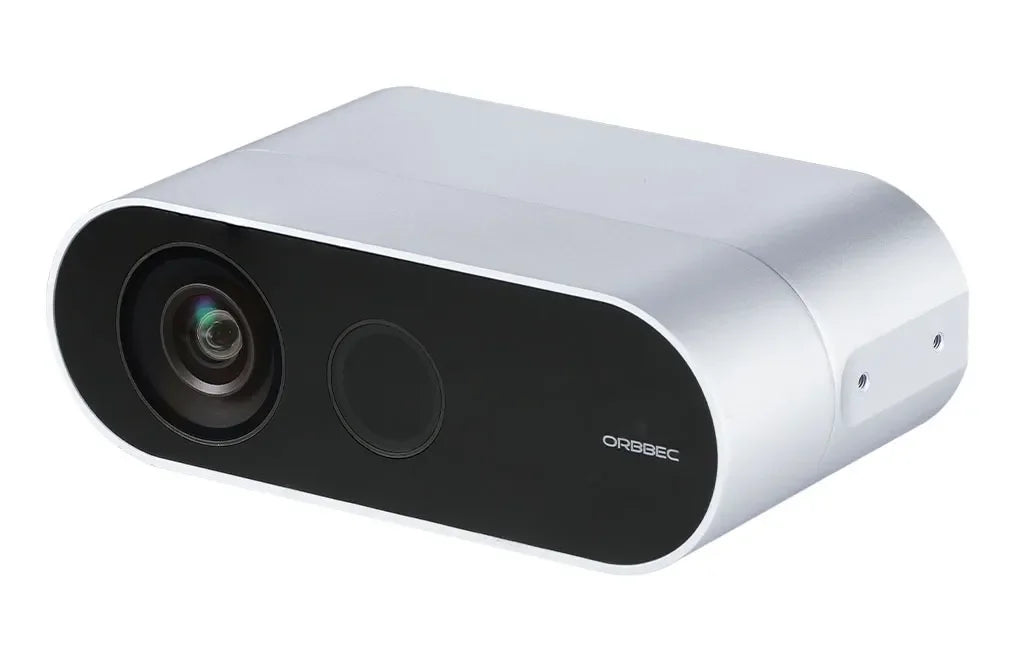
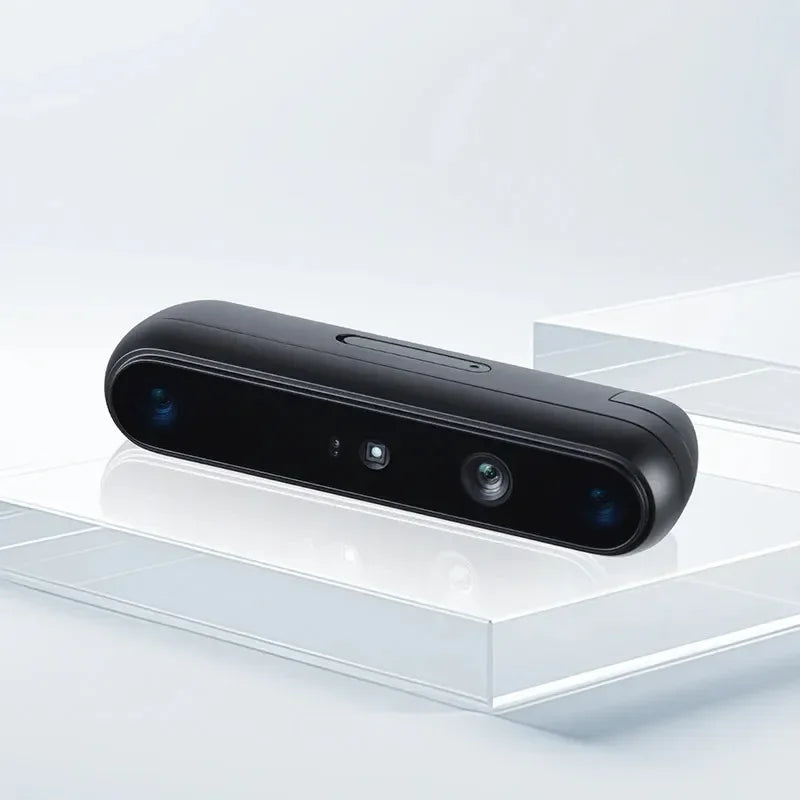


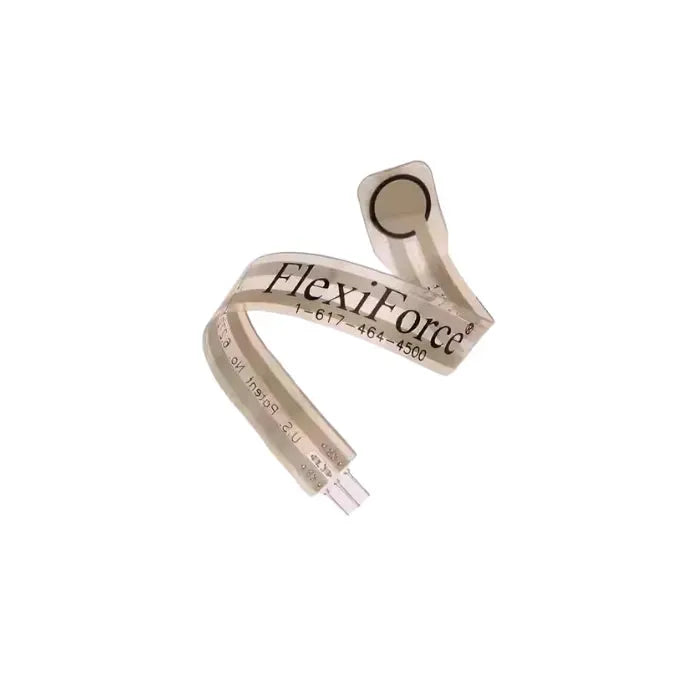

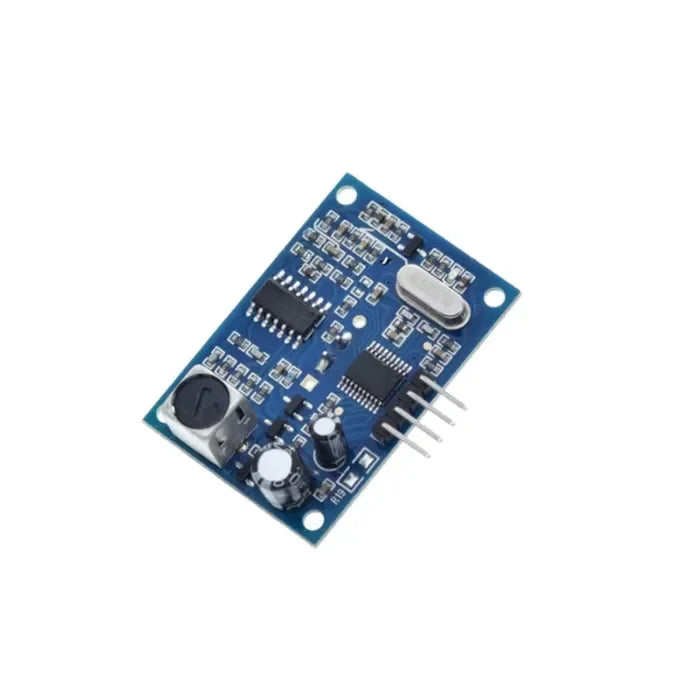



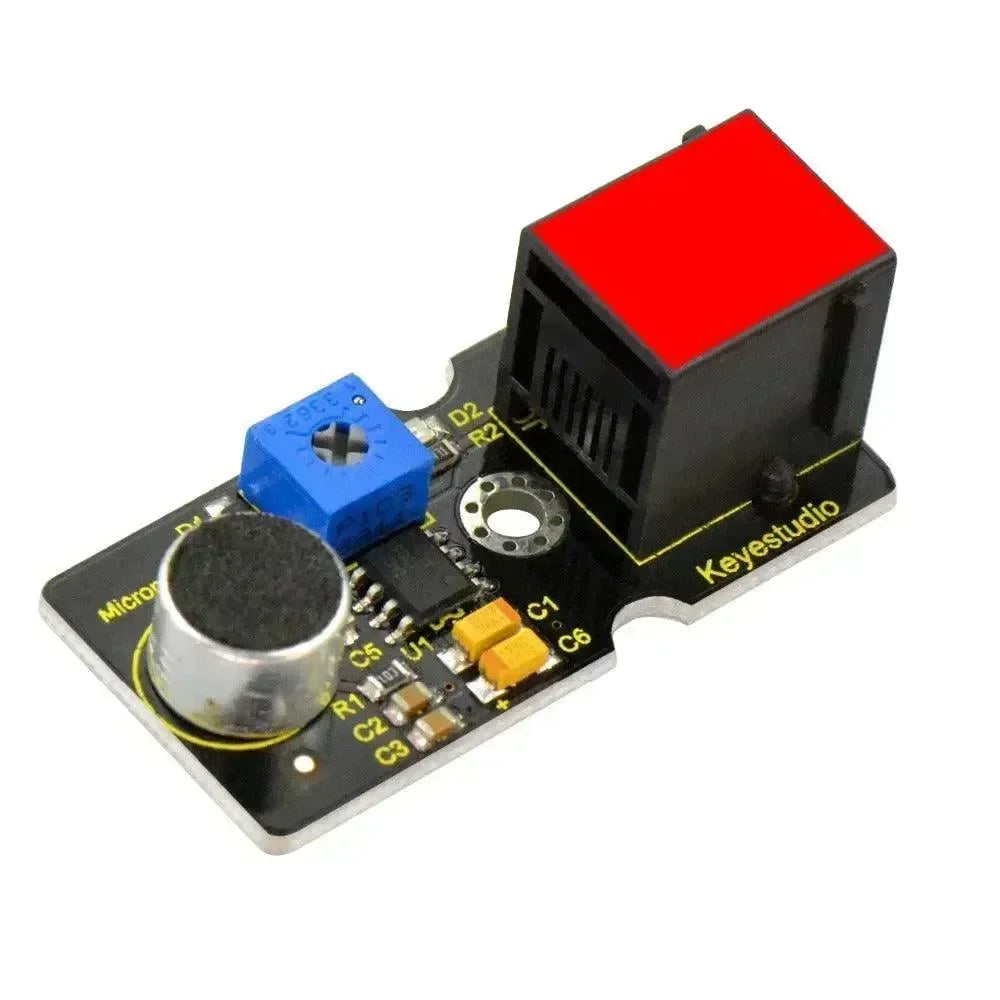


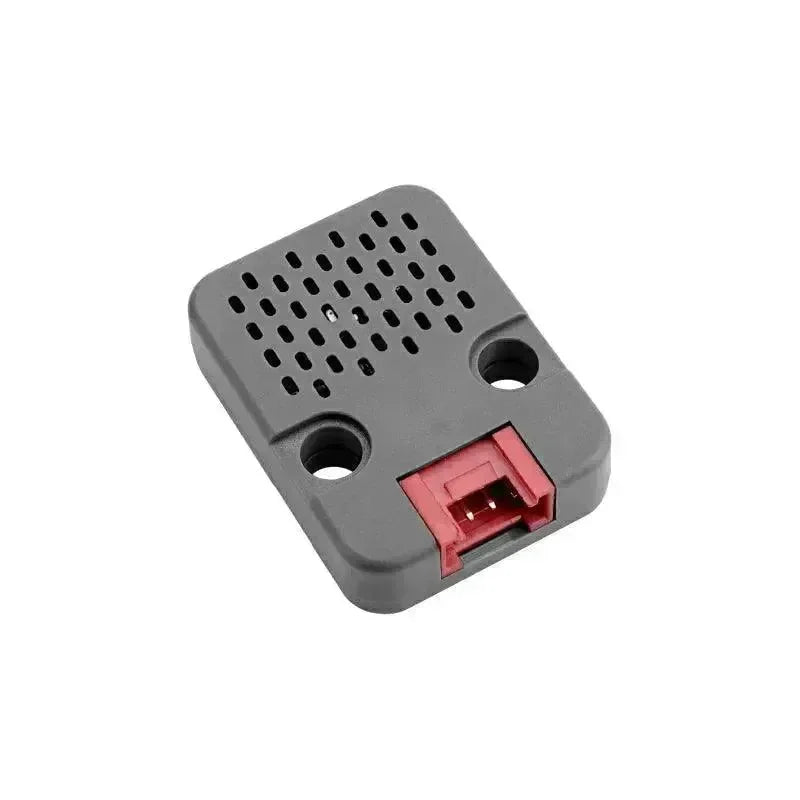
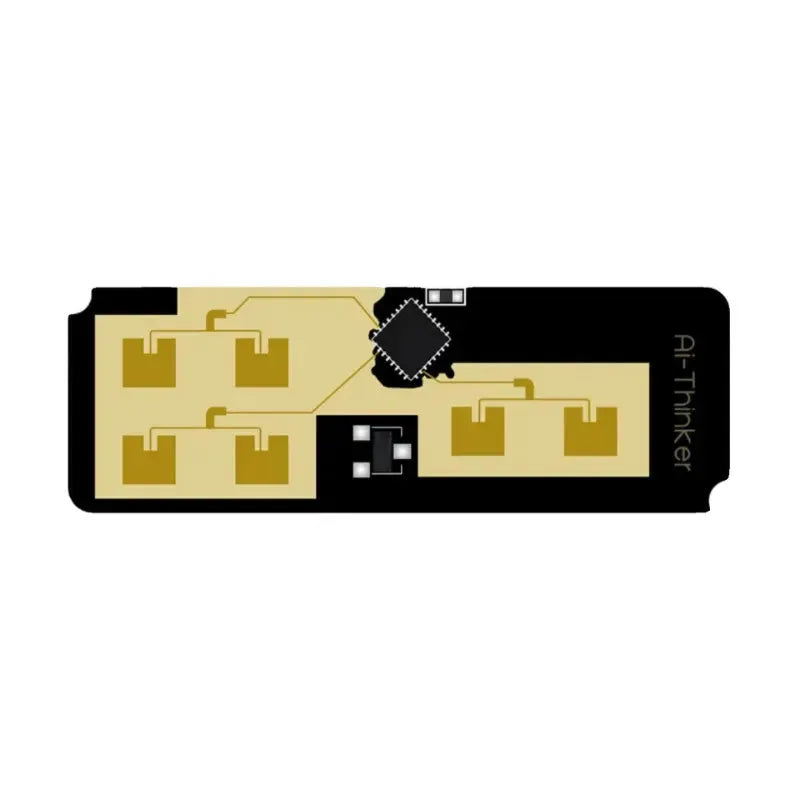
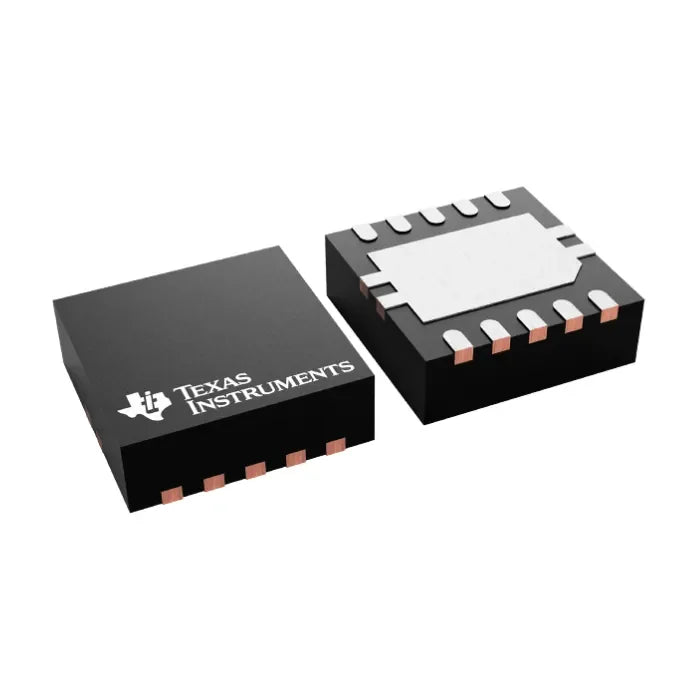
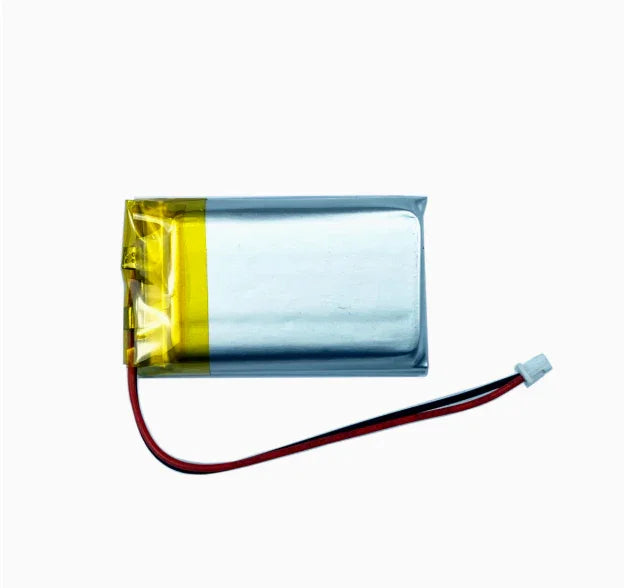
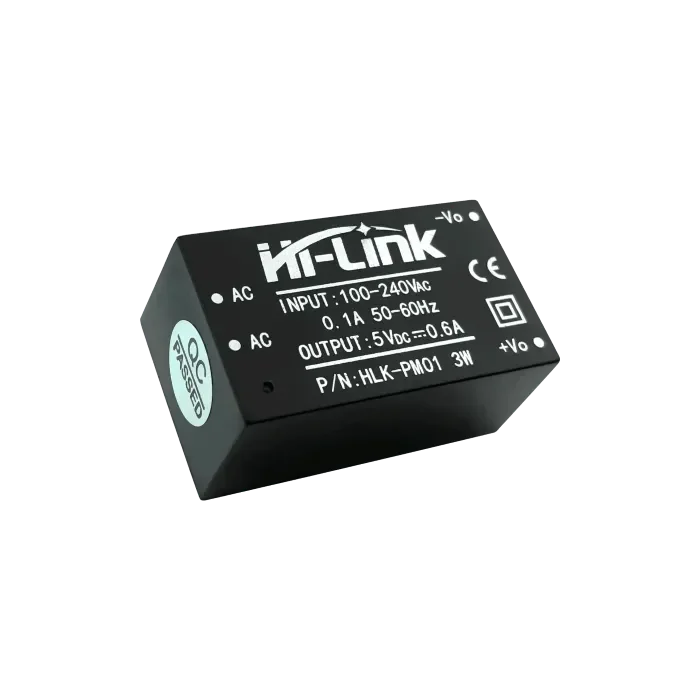


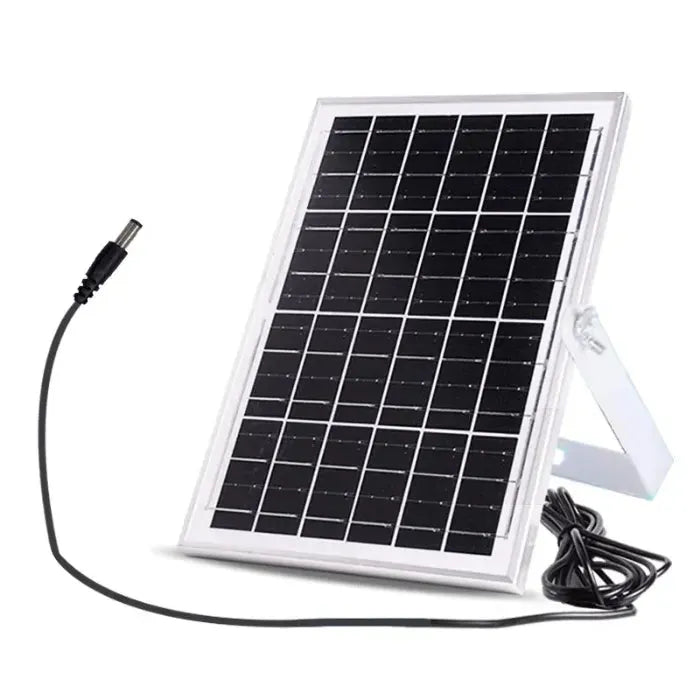
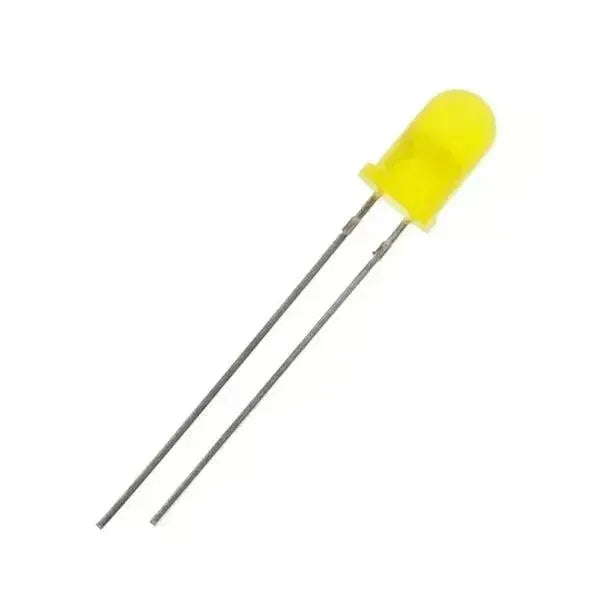


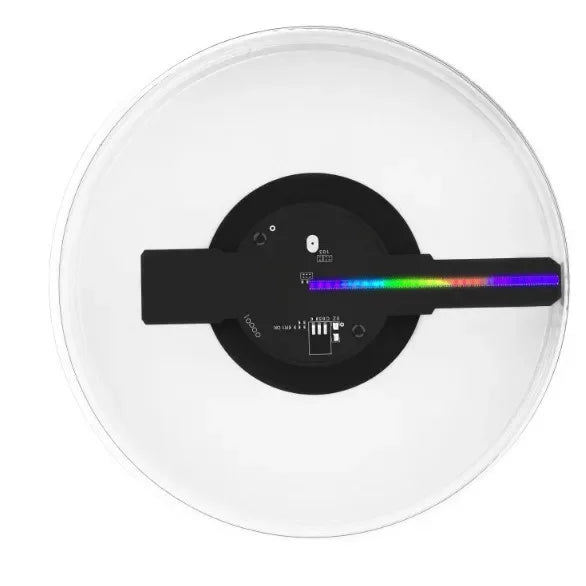

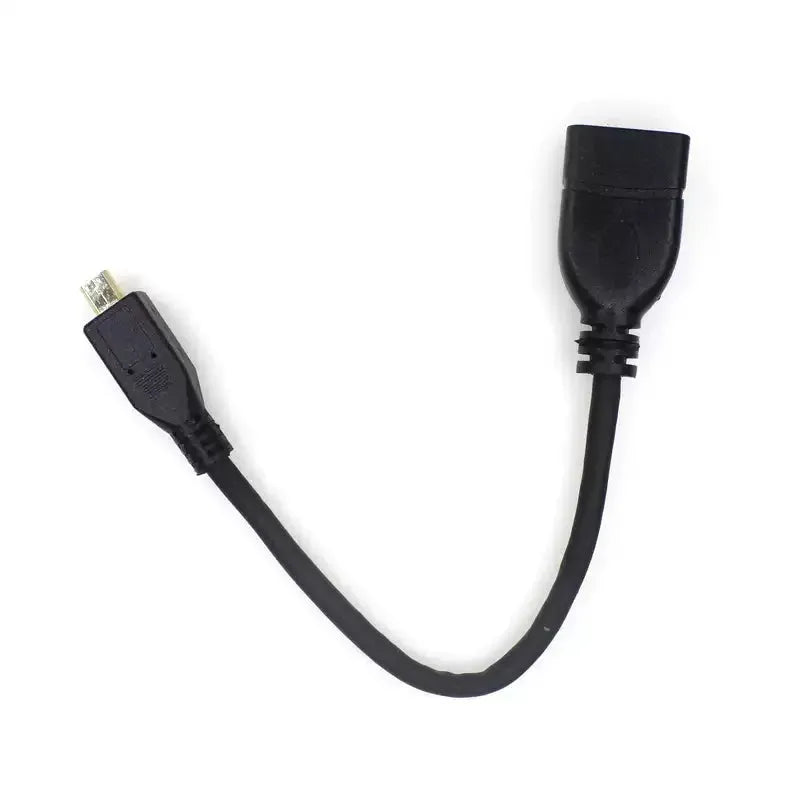


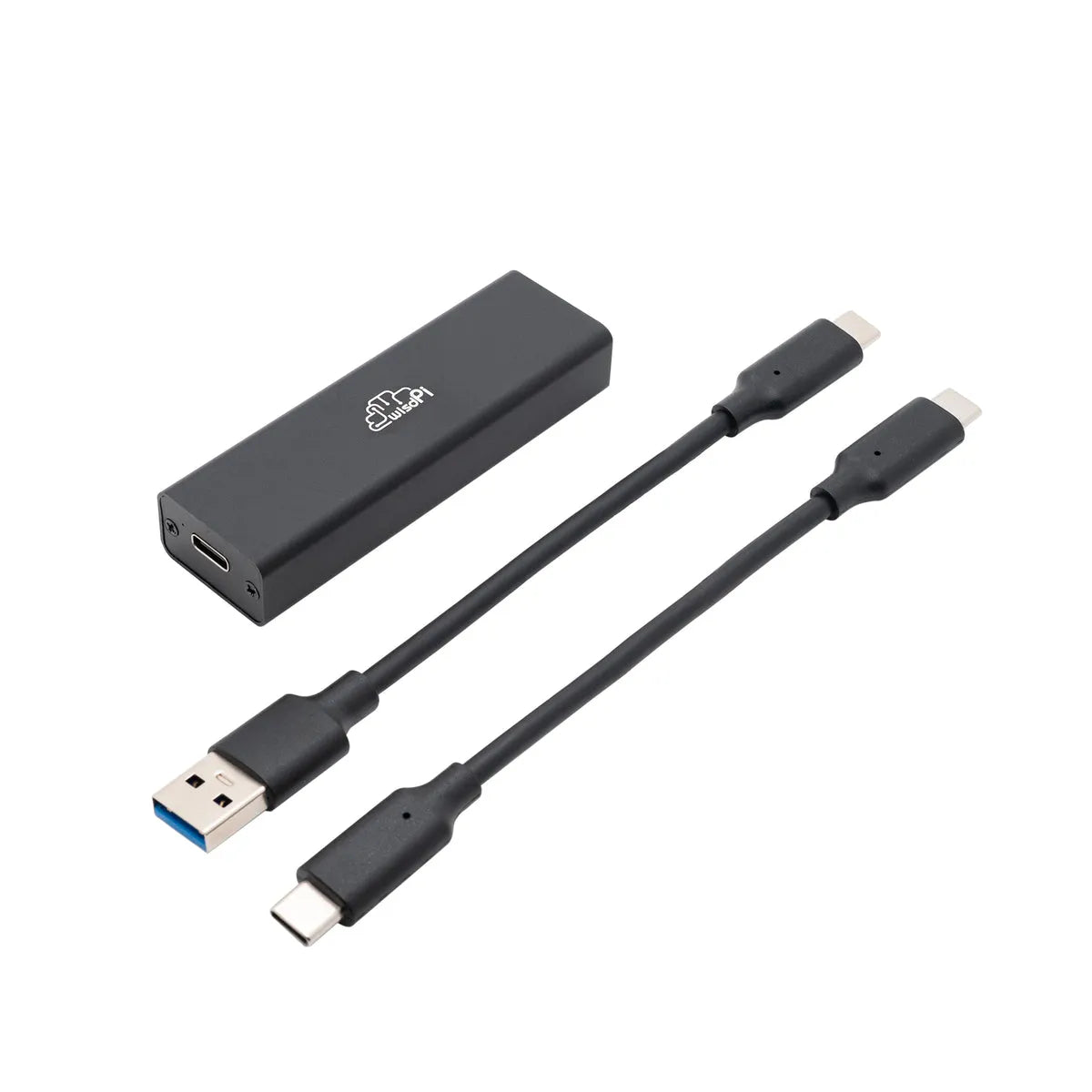


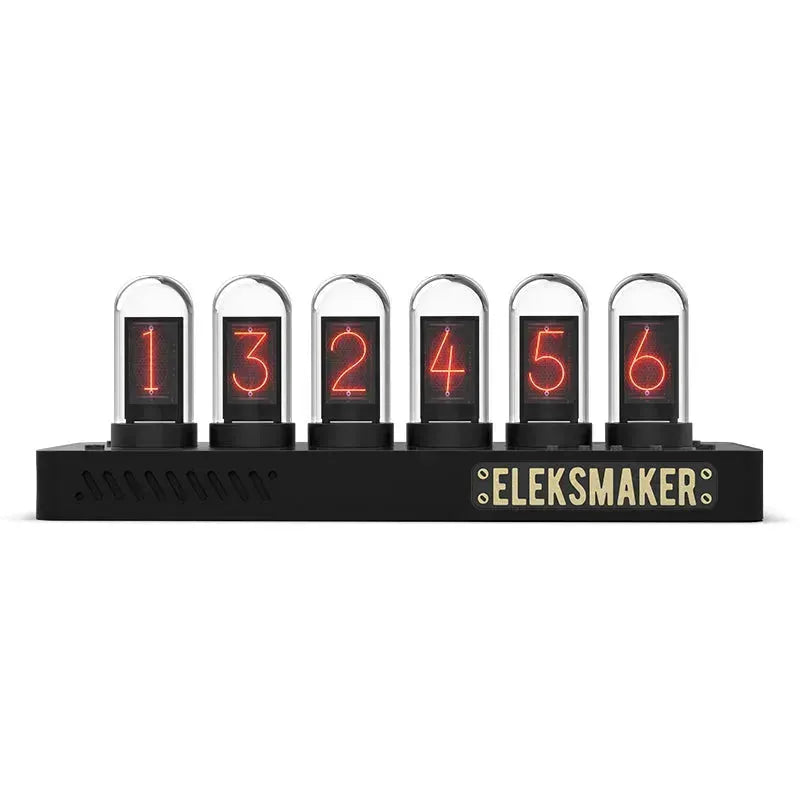
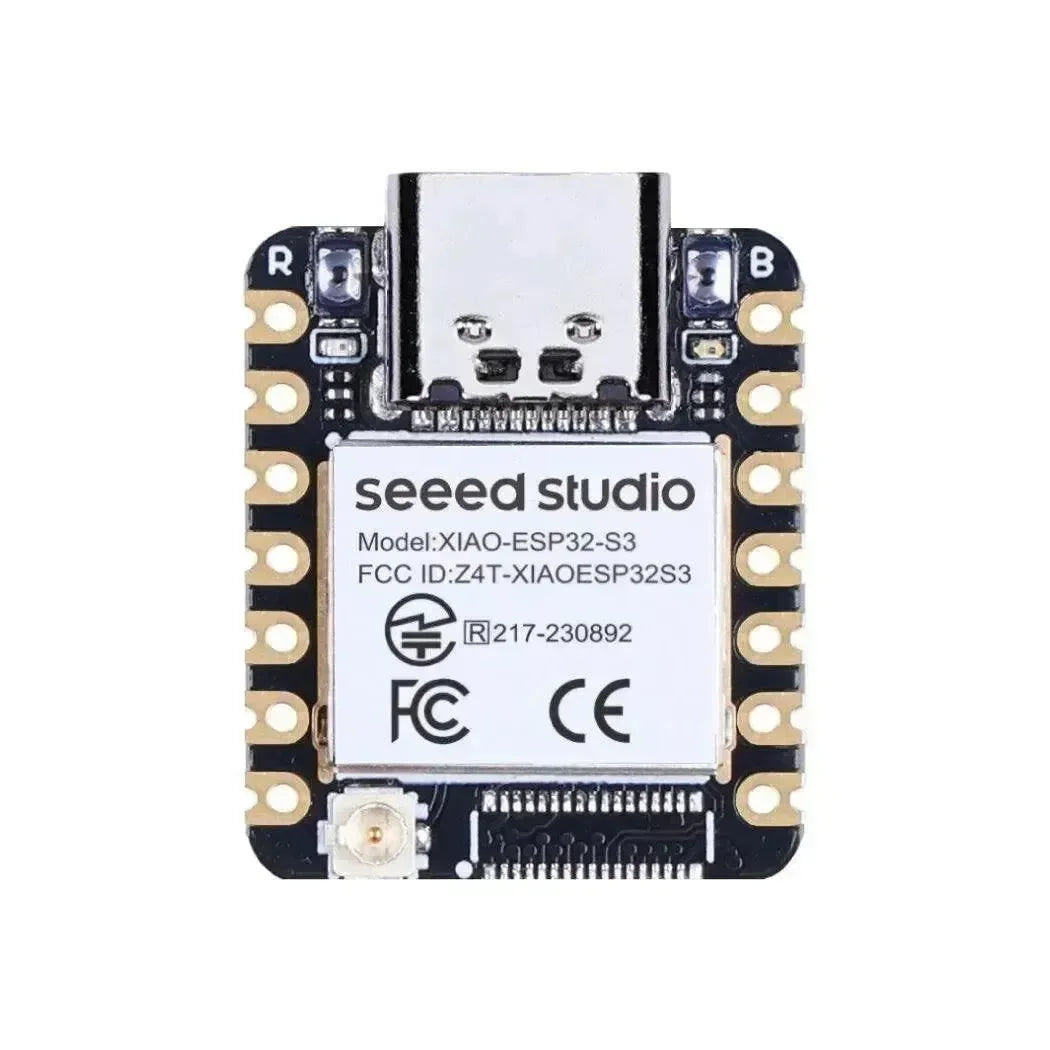
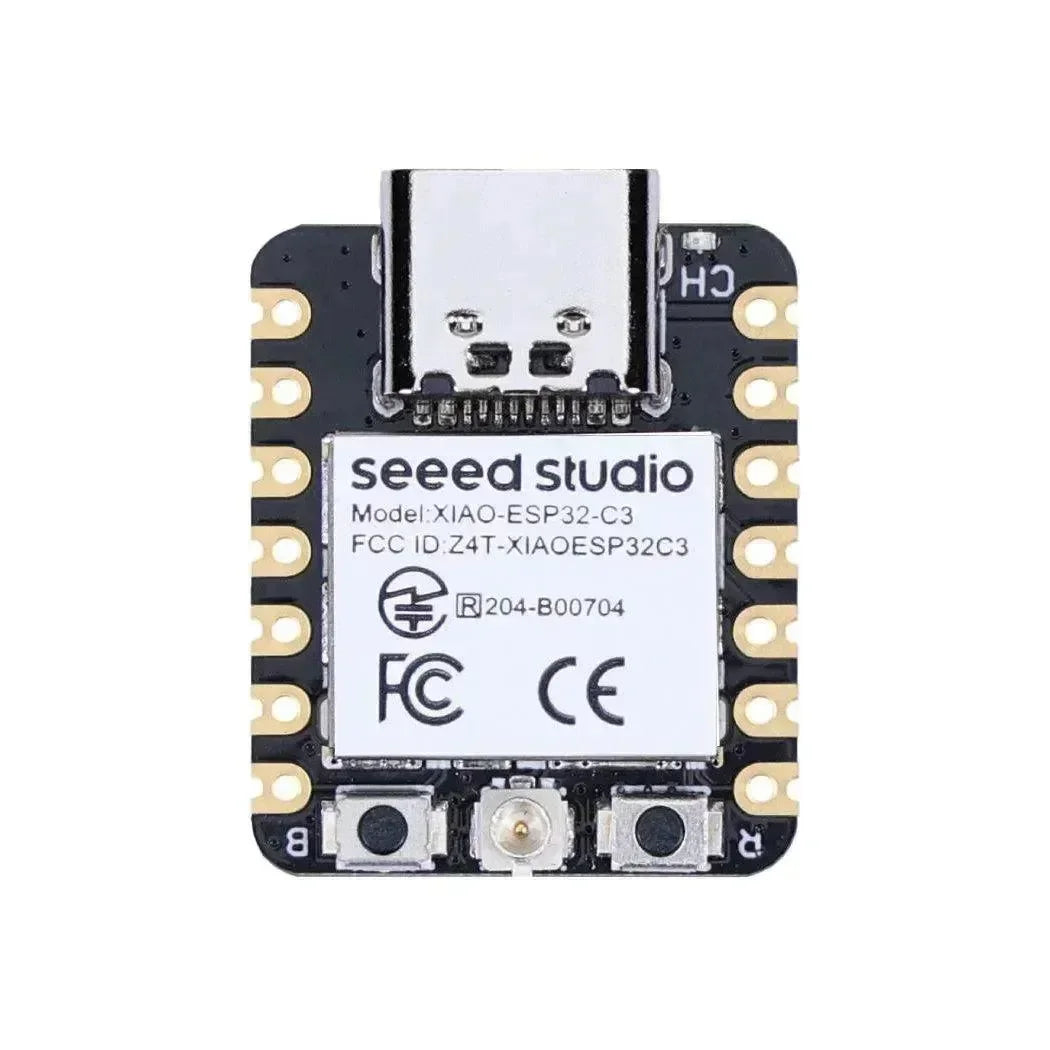

1 opmerking
Joseph Mohos
There are errors in the data presented on this page. The Xiao ESP32-S3 board does NOT support dual band WiFi. It only supports 2.4Ghz.